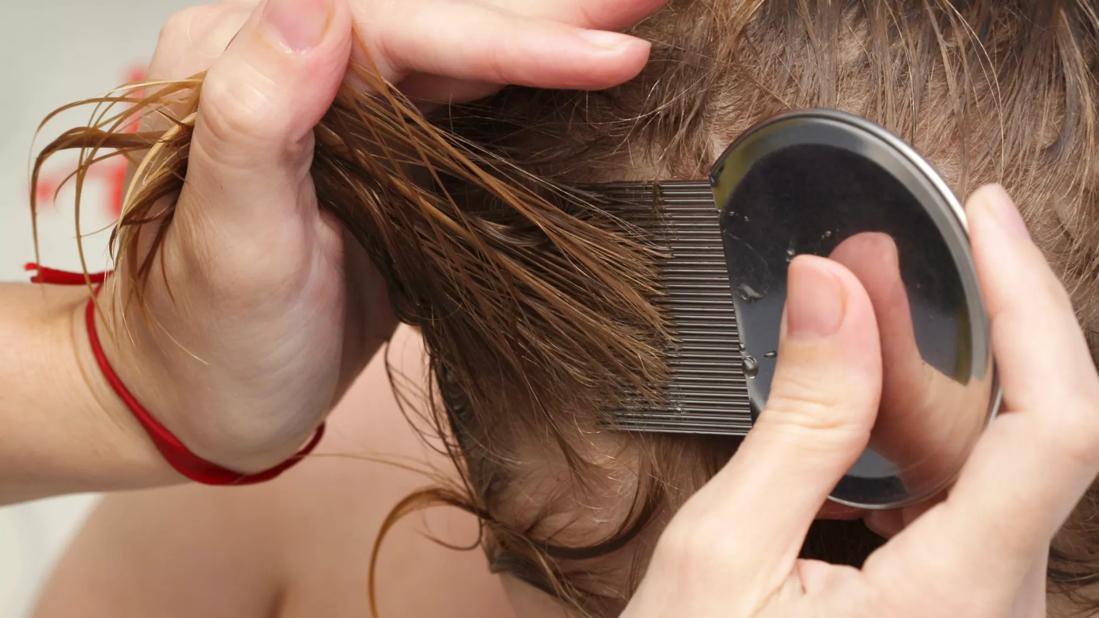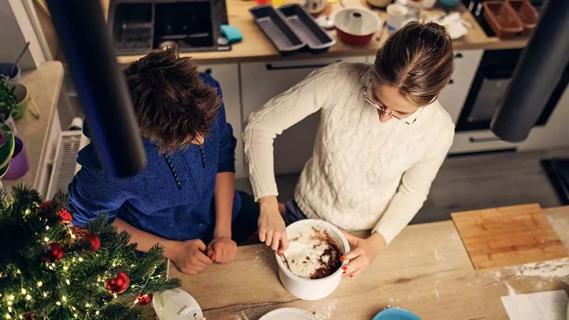Misconceptions about how lice spread and are treated

Head lice: Just thinking about it is enough to make you itch. Although they’re not dangerous, these tiny insects are certainly frustrating and can spread easily — especially at your child’s school. If your kiddo comes home itching, make sure you’re able to identify the signs of head lice with these tips from pediatrician Jason Sherman, DO.
Advertisement
Cleveland Clinic is a non-profit academic medical center. Advertising on our site helps support our mission. We do not endorse non-Cleveland Clinic products or services. Policy
There are many misconceptions about how lice spread and how they’re treated. These misconceptions only help feed into the anxiety of parents whose children have lice or who have been exposed to lice.
Here are some lice facts you need to know:
Advertisement
Lice are tiny insects that live in hair, bite, and can multiply quickly, laying up to 10 eggs a day. And lice don’t discriminate! Anyone can get lice, regardless of age, social status, race or gender.
Luckily, lice don’t spread disease contrary to popular misconception, but they do itch!
Lice are parasites that live off human blood. They leave their saliva where they bite, which makes the bite itch. Children may scratch lice bites until they bleed. Like any open wound, lice bites can become infected.
Constant scratching — especially behind the ears or on the back of your little one’s neck — is a sure sign you need to investigate. Also, if your child mentions feeling like something is moving in or tickling their hair, you should take a closer look. Finally, if you notice small open sores on your child’s head while bathing, it’s best to check it out.
Some visual cues of a lice infestation include:
You should only treat your child for head lice if you see live lice or viable eggs. Make sure to check all the members of your family for infestation, and treat everyone at once.
If your child is under two, consult your pediatrician.
For older children, first-line therapy is available over the counter: Permethrin (Nix) or pyethrins (RID) are generally well-tolerated and have high rates of cure. These treatments do not kill the eggs, and so need to be repeated nine days later. Ask your pharmacist, or your doctor may prescribe a stronger medicated shampoo, lotion or rinse to kill the lice.
Hair combing should be done while wet and after a treatment with pediculicides to remove any residual nits. Specialized combs are sold for this, but any fine comb will do. This task is somewhat time-consuming, but will help remove the nits.
Don’t use anything to try to chemically loosen the nits, such as acetone, bleach or vinegar. This may cause harm and hasn’t shown any benefit. Finally, don’t use home remedies such as mayonnaise, olive oil, petroleum jelly as these don’t work.
Prescription therapies may be necessary if the first round of over-the-counter treatment is ineffective. If you’ve gone through a treatment course and haven’t had success, talk to your doctor to see if a prescription is necessary.
Advertisement
Remember: Don’t cover any treatment on your child’s head with plastic. If you need to protect a pillow or other surface, cover the surface with a towel or old blanket that you can easily wash.
When it comes to cleaning your house after a lice outbreak, remember that lice only live 24 to 48 hours off of the scalp. So if your child hasn’t touched a household item recently, you don’t need to worry about it.
Sheets, pillows, clothing and other items that have close head contact should be washed in water that is hotter than 130 degrees F. If the item is something you can’t wash, such as a favorite stuffed animal, cover it or put it in a plastic bag for 48 hours.
To prevent re-infestation or contracting lice, follow these guidelines:
Advertisement
Learn more about our editorial process.
Advertisement

It could be from dry skin, bacteria or ingrown hairs

Most recommended precautions center around minimizing bruising or swelling

Even one drink can have an impact on your cognitive function leading to slurred speech, blurred vision and impaired memory

Understand who may (and may not) benefit

Lorem ipsum dolor sit amet. Et odio Quis vel ipsam omnis eum alias deleniti et placeat impedit non voluptas galisum hic autem enim et cupiditate aliquid. Est beatae quidem non facilis autem ut commodi nisi aut tempore rerum et dolores voluptatem cum enim optio id sapiente quasi. Ad laboriosam officiis 33 cupiditate sequi ea voluptatum consectetur qui necessitatibus voluptate et quasi doloremque et facere explicabo quo explicabo officia

Seeking help through therapy can be an important step in improving your quality of life when you have UC

Type 2 diabetes isn’t inevitable with these dietary changes

Applying a hot or cold compress can help with pain